For astrophotography storage, first calculate your needs—a typical session with 50 images requires about 500MB, with processed files doubling that requirement. Second, invest in budget-friendly solutions like NAS systems or cloud services like BackBlaze for unlimited uploads. Third, organize your data logically with yearly folders and clear session categories (Lights, Darks, Bias, Flats). These practices streamline your workflow and guarantee you’ll never lose those stunning Milky Way captures.
Calculate Storage Requirements for Milky Way Imaging Sessions
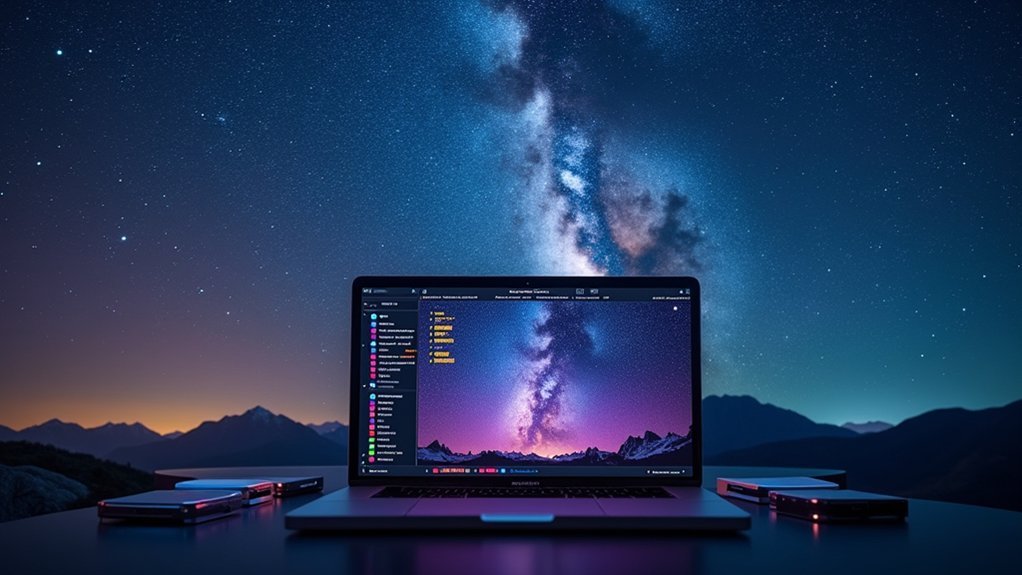
When planning your Milky Way astrophotography sessions, you’ll need to carefully calculate storage requirements to avoid running out of space during crucial moments. A typical session capturing 50 images will consume about 500MB, with each photo averaging 10MB.
Your storage needs increase dramatically with high-resolution video—a 20-minute recording could require 15-20GB.
High-resolution astrophotography videos demand substantial storage—expect a single 20-minute capture to consume up to 20GB of space.
For dedicated astrophotographers, annual data accumulation reaches approximately 23GB from raw images alone. Factor in processing files, which effectively doubles your requirements to 46GB yearly.
Don’t overlook organization as part of your astrophotography equipment planning. Implement compression techniques for archived images while maintaining full quality for your current projects.
This systematic approach guarantees you’ll have adequate space for all your Milky Way imaging endeavors.
Budget-Friendly Storage Solutions for Astrophotography Files
Now that you’ve calculated your storage needs, let’s explore how to meet those requirements without breaking the bank. NAS systems offer bulk storage that’s more economical than purchasing multiple external hard drives, while providing easier file organization and access.
Consider these cost-effective storage solutions:
- Implement compression tools like 7-zip to shrink your massive image datasets, maximizing available space.
- Repurpose old photography storage devices as economical backup options for your astrophotography files.
- Utilize cloud storage services such as BackBlaze with unlimited uploads for a flat annual fee.
- Evaluate storage needs regularly and upgrade incrementally as your collection grows.
Managing your astrophotography files doesn’t require expensive solutions—smart organization and strategic use of affordable options can keep your celestial captures safe and accessible.
Organizing Your Milky Way Data for Efficient Processing
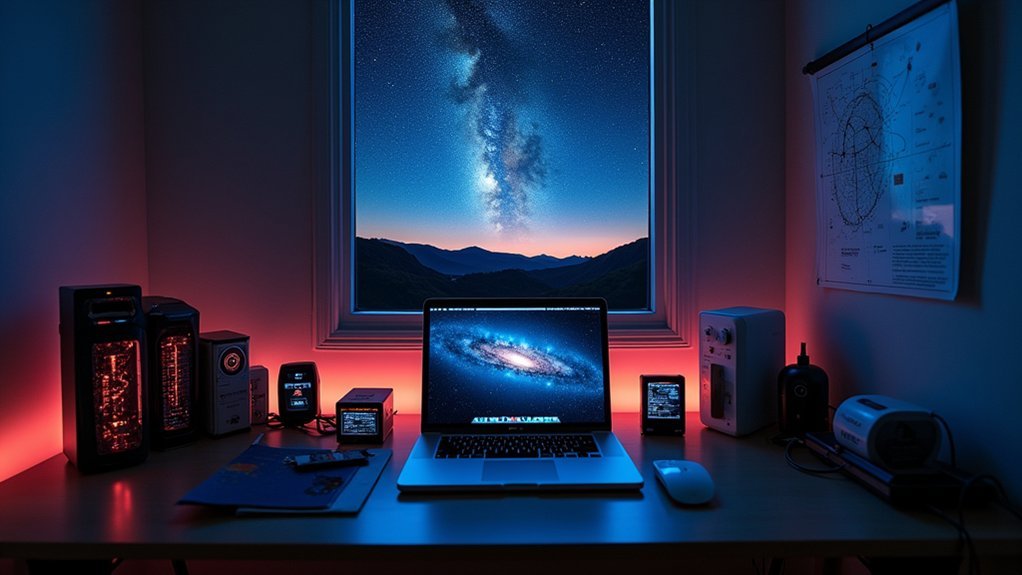
Capturing the magnificent swirls and star clusters of our galaxy creates a treasure trove of data that you’ll need to organize methodically for successful processing.
Start by creating a main “Milky Way Astrophotography” folder with yearly subfolders, then individual imaging sessions within each.
For efficient processing, divide each session into “Lights,” “Darks,” “Bias,” and “Flats” categories. Label files with dates and target names to simplify retrieval when you revisit your work.
Your astrophotography setup will likely generate approximately 23GB annually, doubling after processing to 46GB.
Implement file compression tools like 7-zip to reduce storage space demands.
This structured data management approach guarantees you’ll spend less time hunting for files and more time perfecting your Milky Way images, ultimately streamlining your entire image processing workflow.
Frequently Asked Questions
What Is the 400 Rule in Astrophotography?
The 400 rule helps you calculate maximum exposure time without star trails. You’ll divide 400 by your lens’s focal length (in mm). For example, with a 50mm lens, you’d get 8 seconds maximum exposure time.
How Many Photos Do You Need to Stack Astrophotography?
You’ll need at least 10-20 light frames for basic stacking, but aim for 50+ images for ideal results. Deep-sky objects may require 100+ frames, while brighter targets like the Moon need fewer.
What Do You Need for Deep Space Astrophotography?
For deep space astrophotography, you’ll need a telescope with tracking mount, DSLR or dedicated astronomy camera, tripod, remote shutter release, intervalometer, and image processing software to stack and enhance your celestial captures.
Do You Need Full-Frame for Astrophotography?
No, you don’t need a full-frame camera for astrophotography. While full-frame offers better low-light performance and wider field of view, crop sensors can still produce excellent deep-space images when paired with quality optics.
In Summary
You’ll find that managing your astrophotography storage doesn’t have to be complicated. Calculate your needs before shooting, invest in reliable yet affordable storage solutions, and develop an organized system for your Milky Way captures. With these three practices in place, you’ll spend less time worrying about data management and more time enjoying the stunning cosmic images you’ve created.
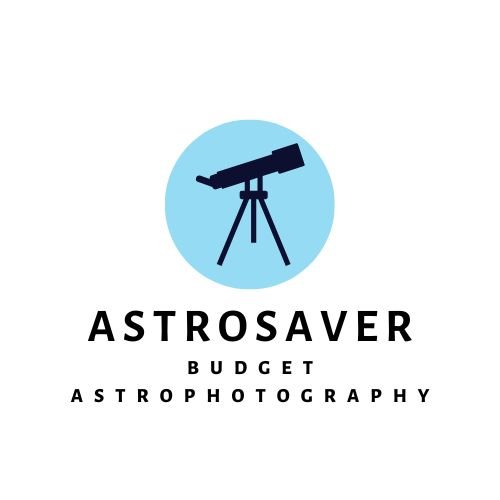
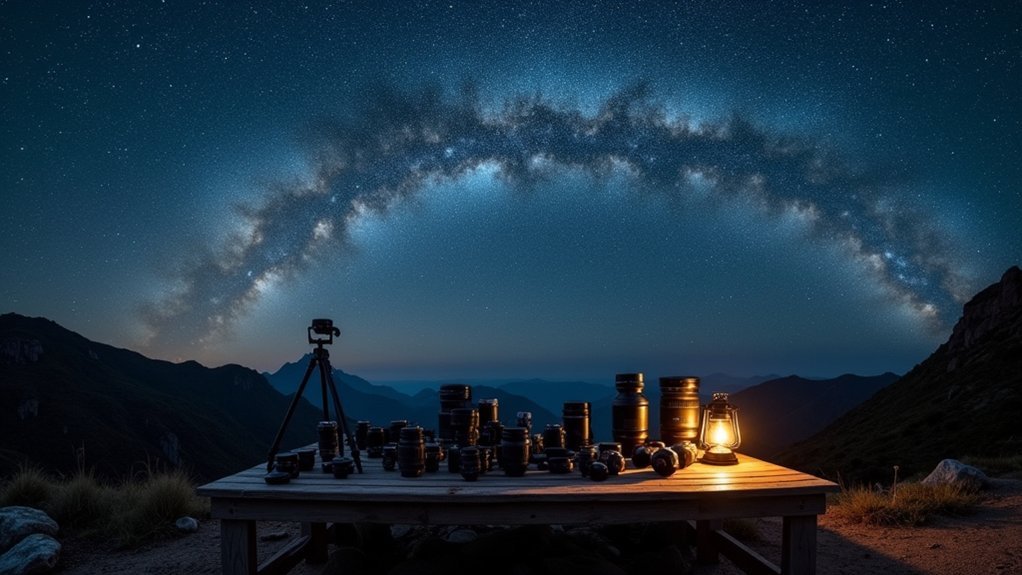
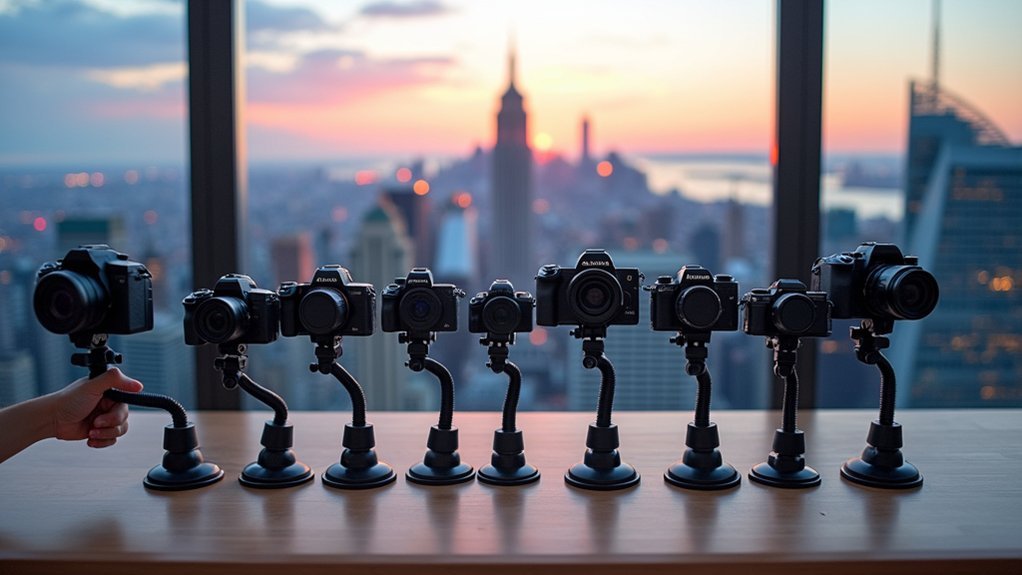
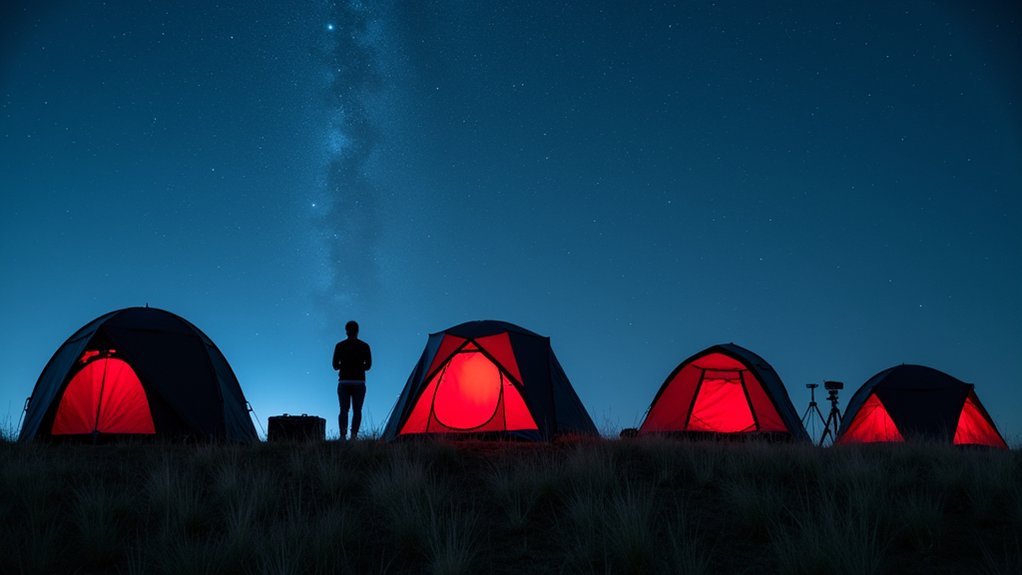
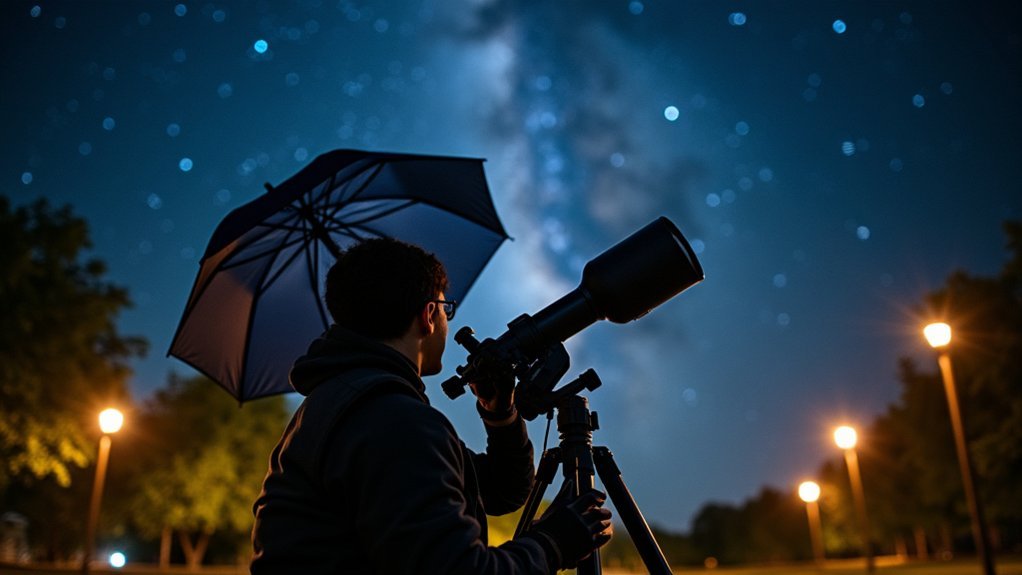
Leave a Reply